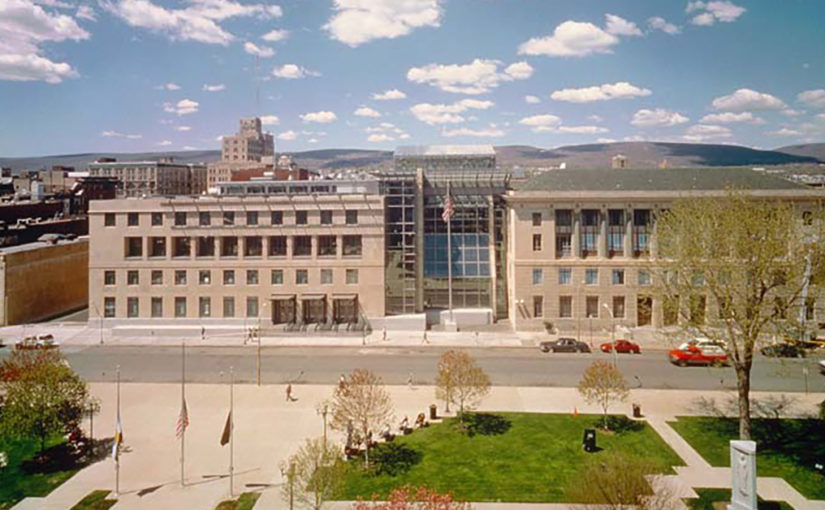US Pipelining, LLC., an emerging leader in Cured-In-Place-Pipelining (CIPP), and trenchless lining solutions recently completed a federal project which included epoxy pipelining rehabilitation at the William J. Nealon Federal Building, and United States Courthouse for the Middle District of Pennsylvania.
Located in Scranton, Pennsylvania, it is the city’s first federally owned building. Originally erected in 1894 as a federal post office, the building was listed on the National Register of Historic Places in 2018.

The epoxy pipelining rehabilitation involving the federal building’s condenser chiller supply and return lines was part of a larger infrastructure project directed by the United States of America acting by and through the General Services Administration (GSA).
Epoxy lining is an approved American Water Works Association (AWWA) M28 lining method used to rehabilitate water and sewer mains. Other applications include electrical conduits and heat and a/c ducts. Epoxy lining acts as a corrosion barrier while filling pinhole leaks and minor cracks within the host pipe.
“Our services included the epoxy lining and restoration of pressurized condenser lines requiring project-specific security clearances, specifications, and materials. We have successfully completed many such projects including other federal landmarks, museums, and libraries. Our team is experienced in the special planning and logistics required for projects of this magnitude,” states Jeremy Bowman, President, US Pipelining.

“Epoxy lining has become a widely used and accepted technology globally as a low-cost alternative to traditional dig and replace methods,” said Bowman. “Industry can either close down operations and interrupt traffic flow to replace failing infrastructure or option for a non-invasive rehabilitation process which rehabilitates the failed pipe from the inside out without the need for opening walls or excavation,” said Bowman.
Since entering the pipe rehabilitation industry 25 years ago, US Pipelining has gained recognition for their ability to offer highly specialized rehabilitation solutions to a vast array of clients including global fortune 500 companies, high-rise residential and commercial buildings, and government agencies. “US Pipelining is one of a handful of companies globally who provide CIPP and other noninvasive restoration technologies for pipes ranging in diameter from 4 inches to 120 inches,” states Bowman. “There are very few conditions we have not seen or reconciled.”
